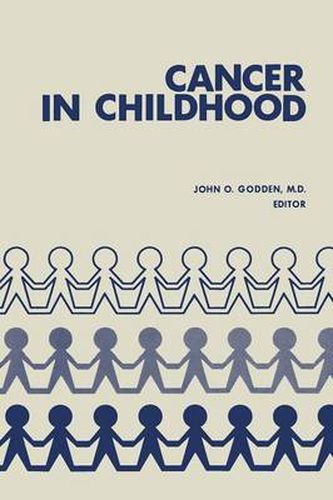Readings Newsletter
Become a Readings Member to make your shopping experience even easier.
Sign in or sign up for free!
You’re not far away from qualifying for FREE standard shipping within Australia
You’ve qualified for FREE standard shipping within Australia
The cart is loading…






This title is printed to order. This book may have been self-published. If so, we cannot guarantee the quality of the content. In the main most books will have gone through the editing process however some may not. We therefore suggest that you be aware of this before ordering this book. If in doubt check either the author or publisher’s details as we are unable to accept any returns unless they are faulty. Please contact us if you have any questions.
Viewed as contributions to continuing medical education, many scientific meetings disappoint because, although program committees plan with care, bring together excellent faculty and expose them to their peers, to other physicians and to house staff. the effect is evanescent. Meetings expend much professional time and public funds to stimulate the relatively few who attend. Hence the dictum Hold a symposium and reach a few hundred; circulate a proceedings and reach the world.
Despite this dictum, many organizers of scientific meetings shy away from the publication of proceedings. insisting that teachers will not participate if they have to prepare publishable manuscripts and, if they do agree to prepare them, will delay for months or, in some cases, will not come through at all. However, this is often a matter of organization and determination: e. g . . some program chairmen make the payment of expenses and honoraria contingent upon receipt of a publishable manuscript. Cox and his colleagues in Australia went one better: they organized the First International Cancer Conference in Sydney in November 1972 and published a two-volume proceedings ( Melanoma and Skin Cancer and ‘The Nature of Leukemia ) before the meetings began. As Dr. Cox notes, This preprinting of the full papers freed each speaker from the necessity of recounting large quantities of data so that each paper could be opened more rapidly and provocatively and then defended in discussion (Report of the International Cancer Conference, Med J A list, I: 12-33, June 24, 1972).
$9.00 standard shipping within Australia
FREE standard shipping within Australia for orders over $100.00
Express & International shipping calculated at checkout
This title is printed to order. This book may have been self-published. If so, we cannot guarantee the quality of the content. In the main most books will have gone through the editing process however some may not. We therefore suggest that you be aware of this before ordering this book. If in doubt check either the author or publisher’s details as we are unable to accept any returns unless they are faulty. Please contact us if you have any questions.
Viewed as contributions to continuing medical education, many scientific meetings disappoint because, although program committees plan with care, bring together excellent faculty and expose them to their peers, to other physicians and to house staff. the effect is evanescent. Meetings expend much professional time and public funds to stimulate the relatively few who attend. Hence the dictum Hold a symposium and reach a few hundred; circulate a proceedings and reach the world.
Despite this dictum, many organizers of scientific meetings shy away from the publication of proceedings. insisting that teachers will not participate if they have to prepare publishable manuscripts and, if they do agree to prepare them, will delay for months or, in some cases, will not come through at all. However, this is often a matter of organization and determination: e. g . . some program chairmen make the payment of expenses and honoraria contingent upon receipt of a publishable manuscript. Cox and his colleagues in Australia went one better: they organized the First International Cancer Conference in Sydney in November 1972 and published a two-volume proceedings ( Melanoma and Skin Cancer and ‘The Nature of Leukemia ) before the meetings began. As Dr. Cox notes, This preprinting of the full papers freed each speaker from the necessity of recounting large quantities of data so that each paper could be opened more rapidly and provocatively and then defended in discussion (Report of the International Cancer Conference, Med J A list, I: 12-33, June 24, 1972).